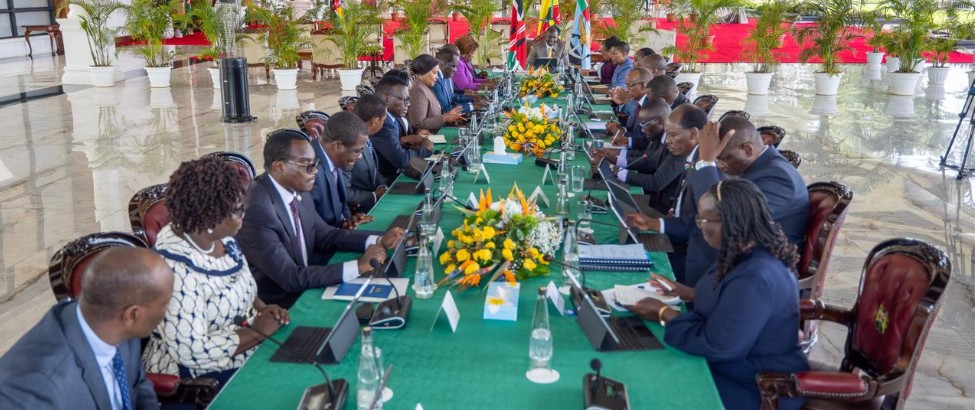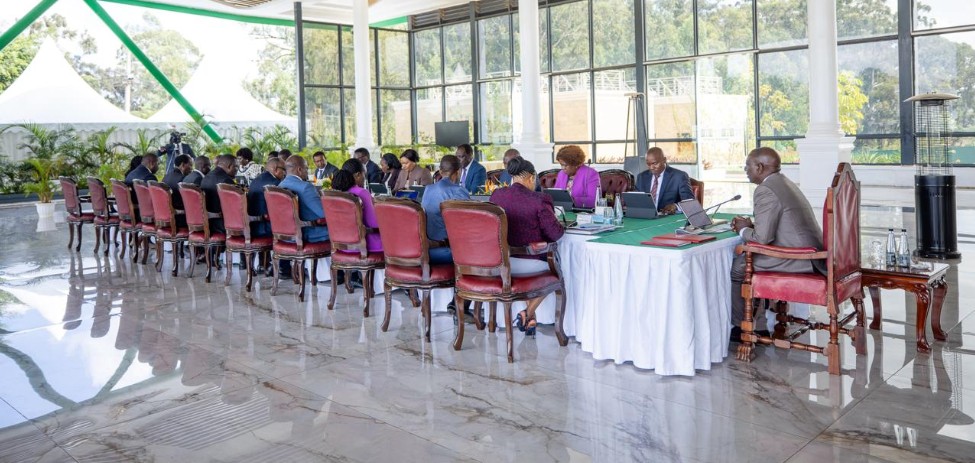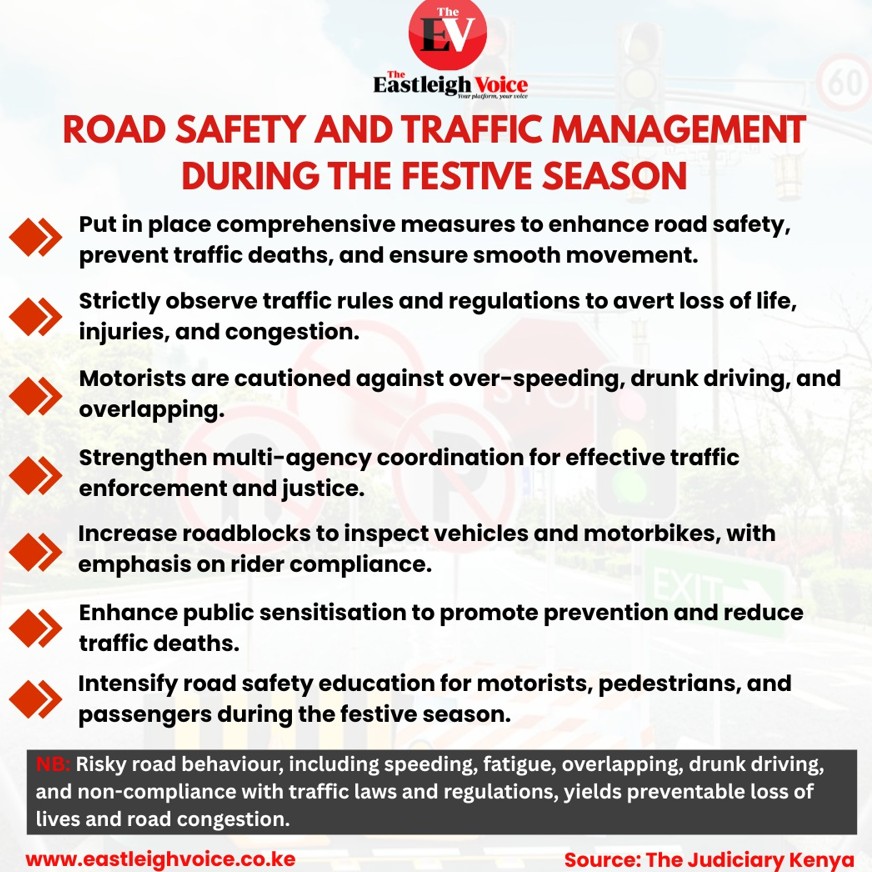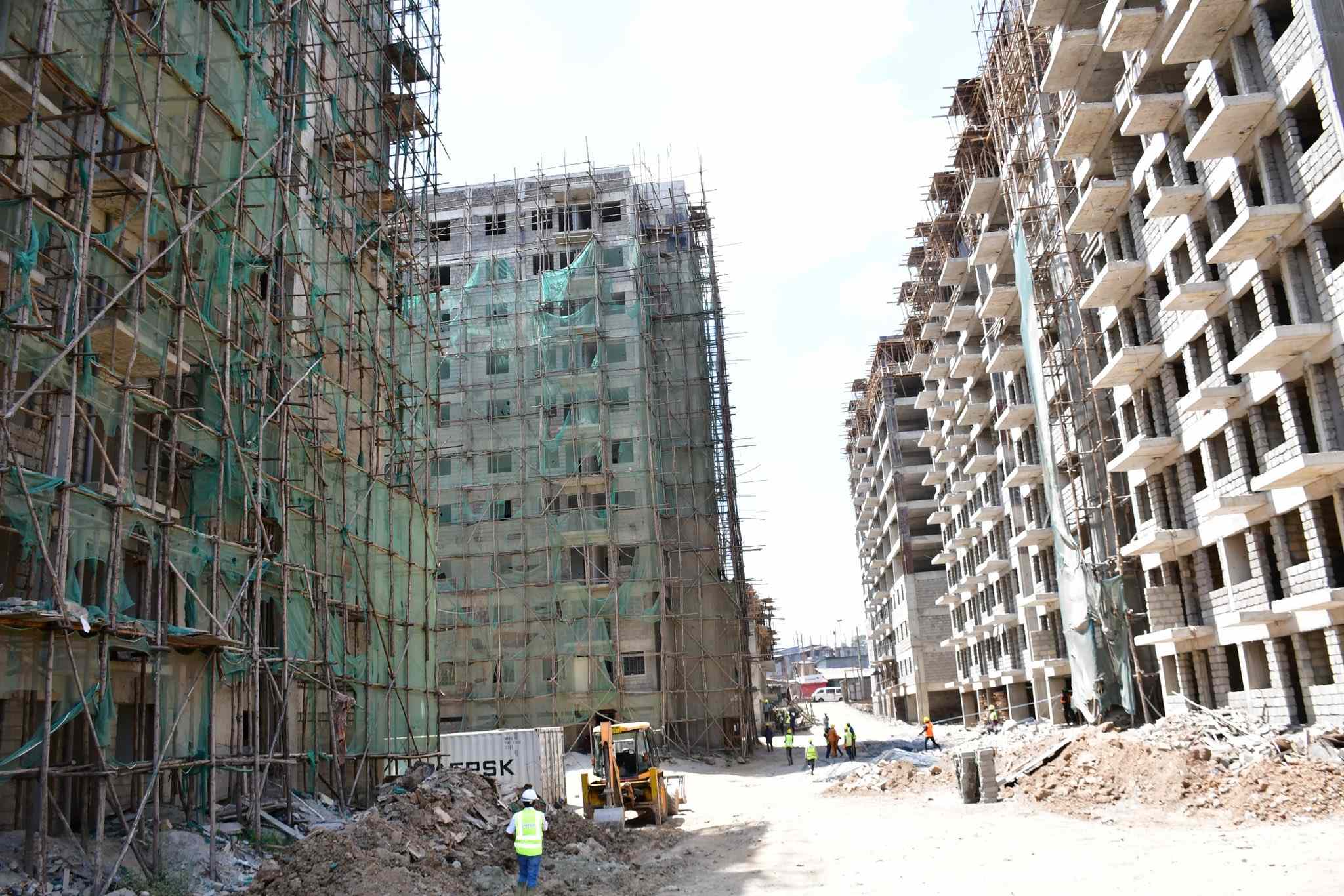Govt to demolish EPZ factories for wildlife corridor linking Nairobi Park to Kapiti Plains

The Wildlife department hopes that, in the long run, the corridor will connect Nairobi National Park to the Amboseli ecosystem, creating a broader habitat for Kenya’s rich wildlife.
Plans are underway to demolish factories located within the export processing zone (EPZ) in Machakos County to make space for a new wildlife migration corridor connecting Nairobi National Park to the Kapiti Plains.
The move is part of a broader government initiative to boost wildlife conservation and address human-wildlife conflicts in the area.
More To Read
- Counties intensify pressure on national government over park revenue-sharing model
- Ganze residents in Kilifi live in fear as elephant attacks escalate
- Over 200 warthogs poisoned at Muqder in Wajir County in shocking wildlife tragedy
- Maasai Mara enters World Book of Records for greatest wildlife migration
- Proposed park fee hike may slash Kenya’s domestic tourism by 600,000 visitors, ministry warns
- MPs summon CS Mutua after revelation that Kenyans from Machakos, Makueni dominate overseas jobs
Wildlife Principal Secretary Silvia Museiya said the 100-metre-wide passage has already been identified, stretching from the south-east of Nairobi National Park, through the EPZ and the East Africa Portland Cement land, up to the semi-arid Kapiti Plains, which are owned by the International Livestock Research Institute.
Museiya noted that an underground tunnel will be created along the Namanga highway to facilitate safe movement for animals while maintaining human transport links.
"Factories along the corridor will be demolished and relocated within the zone. We have also engaged private landowners along the proposed corridor. We are currently registering private conservancies to accommodate them," she said.
The PS added that a financial plan has been drawn up for the 2025-2026 budget year, mainly to cover the cost of relocating equipment and structures, not for paying compensation.
The project has already received the approval of President William Ruto and is now pending Cabinet consent.
Speaking during a visit to Empakasi village in Athi River sub-county, where she supervised the handing over of compensation cheques to landowners through a non-State wildlife foundation, Museiya said that the government is keen on reducing incidents of wild animal attacks on humans.
The PS warned that the Nairobi National Park risks becoming a closed-off zoo due to surrounding developments.
"The Nairobi park has been closed by human settlement, infrastructure and other developments. In the near future, we project a Nairobi national zoo, considering the park only covers 17,600 acres," she said.
In case of injuries or fatalities caused by wildlife, the Wildlife Act of 2013 provides for compensation of Sh5 million for death and Sh3 million for serious injury.
“Kenya Kwanza inherited Sh15 billion pending bills. In this financial year, we are disbursing Sh1.76 billion,” the PS said.
Museiya stressed that protecting conservation areas is critical, especially amid rising pressure to convert land for farming and commercial use.
"We are going on a serious deep dive to look at how conservation can pay. We are focusing on regulatory mechanisms for the sector, the wildlife economy after realising that as long as there are no benefits or revenue streams, conservation incentives are low, prompting more conversion of conservation land to settlement, agriculture and commercial purposes," she explained.
The Wildlife department hopes that, in the long run, the corridor will connect Nairobi National Park to the Amboseli ecosystem, creating a broader habitat for Kenya’s rich wildlife.
Top Stories Today













































